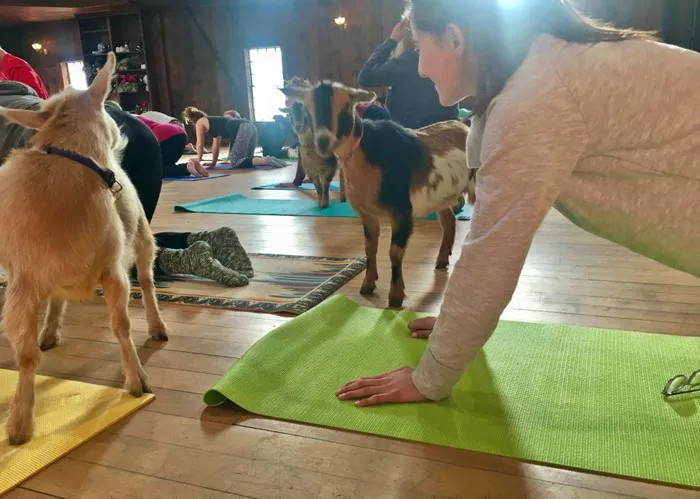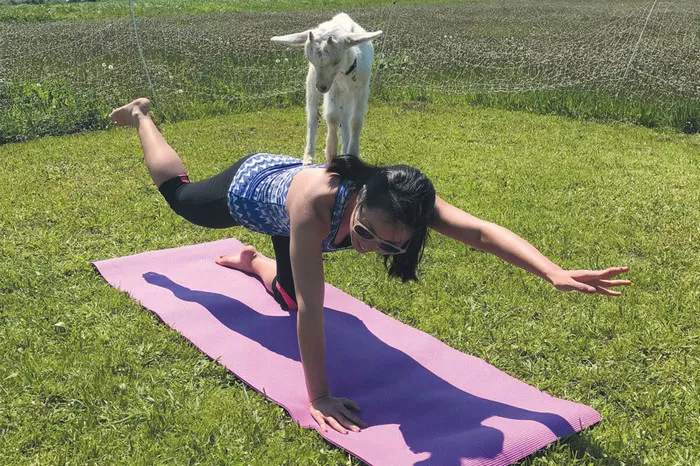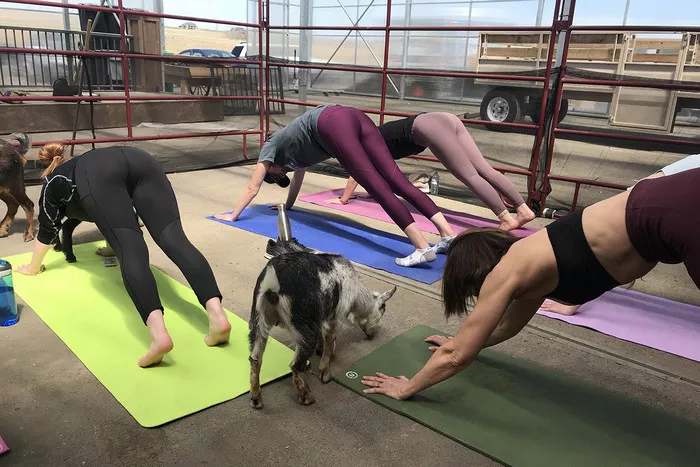Yoga, an ancient practice originating in India, is not just about physical postures and flexibility; it is a holistic system that unites the body, mind, and spirit. At its core, yoga is a philosophy that guides practitioners toward self-awareness, inner peace, and spiritual enlightenment. One of the profound philosophical foundations of yoga can be understood through the lens of the Four Noble Truths, which are principles adapted from Buddhist teachings but hold deep relevance in yogic philosophy. These truths help practitioners recognize suffering, understand its causes, and ultimately transcend it through dedicated practice.
1. The Truth of Suffering (Dukkha)
The first noble truth acknowledges that suffering (dukkha) is an inherent part of human life. In the context of yoga, suffering is not only physical pain but also mental and emotional distress caused by attachments, fears, and limitations. Many people come to yoga seeking relief from stress, anxiety, and physical discomfort, all of which are manifestations of suffering.
From a yogic perspective, suffering arises from disconnection—from our true selves, from nature, and from the present moment. The practice of yoga helps us become aware of this disconnection and recognize the ways in which we create suffering through our thoughts, emotions, and habits. Asanas (physical postures), pranayama (breath control), and meditation serve as tools to observe and reduce suffering by fostering mindfulness and self-awareness.
2. The Truth of the Origin of Suffering (Samudaya)
The second noble truth explains that suffering has an origin. In both Buddhism and yoga, the root cause of suffering is often identified as attachment (raga), aversion (dvesha), and ignorance (avidya). Attachment to material possessions, relationships, status, and even our own ego-driven identities can lead to suffering when these attachments are threatened or lost.
In yogic philosophy, the concept of kleshas (mental afflictions) further explains the origins of suffering. According to the Yoga Sutras of Patanjali, there are five kleshas:
Avidya (ignorance): The inability to see reality clearly.
Asmita (egoism): Identifying too strongly with the self.
Raga (attachment): Clinging to pleasures and desires.
Dvesha (aversion): Avoiding pain and discomfort at all costs.
Abhinivesha (fear of death): The deep-rooted fear of ceasing to exist.
Yoga offers a path to transcend these afflictions through disciplined practice. By cultivating awareness, detachment, and equanimity, practitioners can begin to dissolve the roots of suffering.
3. The Truth of the Cessation of Suffering (Nirodha)
The third noble truth offers hope: suffering can end. In yoga, the cessation of suffering is achieved through liberation (moksha) or enlightenment (samadhi). This state is described as inner peace, where the mind is no longer disturbed by external circumstances or internal conflicts. It is the realization of one’s true nature beyond the ego and material existence.
Achieving this state requires inner transformation. The Bhagavad Gita, one of the most revered yogic scriptures, teaches that selfless action (karma yoga), devotion (bhakti yoga), knowledge (jnana yoga), and disciplined practice (raja yoga) are all paths toward liberation. Through these paths, practitioners learn to detach from worldly illusions and align themselves with a higher consciousness.
Yoga offers practical techniques to help attain this state of peace. Meditation (dhyana), breath control (pranayama), and ethical living (yamas and niyamas) are all essential tools in reducing suffering and moving toward enlightenment. By integrating these elements into daily life, practitioners can cultivate a deep sense of inner tranquility and joy.
4. The Truth of the Path to the End of Suffering (Marga)
The fourth noble truth presents the path to liberation. In Buddhist teachings, this is known as the Eightfold Path, which consists of right understanding, intention, speech, action, livelihood, effort, mindfulness, and concentration. Similarly, in yoga, the Eight Limbs of Yoga (Ashtanga Yoga) described by Patanjali offer a structured approach to achieving freedom from suffering:
Yamas (ethical restraints): Non-violence, truthfulness, non-stealing, celibacy, and non-possessiveness.
Niyamas (self-discipline): Purity, contentment, self-discipline, self-study, and surrender to a higher power.
Asana (postures): Physical poses that prepare the body for meditation.
Pranayama (breath control): Regulation of breath to control life force energy.
Pratyahara (withdrawal of senses): Turning inward to detach from external distractions.
Dharana (concentration): Focused attention on a single object or thought.
Dhyana (meditation): Deep contemplation leading to awareness.
Samadhi (blissful absorption): The ultimate state of enlightenment and oneness with the universe.
By following this structured path, yoga practitioners cultivate balance, wisdom, and inner peace, allowing them to move beyond suffering and embrace a life of fulfillment and spiritual realization.
Conclusion
The Four Noble Truths of yoga provide a profound framework for understanding yoga as a path to enlightenment. Recognizing the reality of suffering, understanding its causes, knowing that liberation is possible, and following a clear path to inner peace are essential aspects of yogic philosophy. By incorporating the principles of mindfulness, ethical living, physical discipline, and meditation, practitioners can transform their lives, reducing suffering and achieving a state of true harmony.
Yoga is more than just a physical practice—it is a way of life that leads to self-discovery and ultimate freedom. By embracing the wisdom of the Four Noble Truths, individuals can navigate the challenges of life with grace, cultivate inner serenity, and move toward spiritual enlightenment. Whether you are new to yoga or have been practicing for years, these teachings offer invaluable guidance for a more conscious and fulfilled existence.
Related Topics:

















